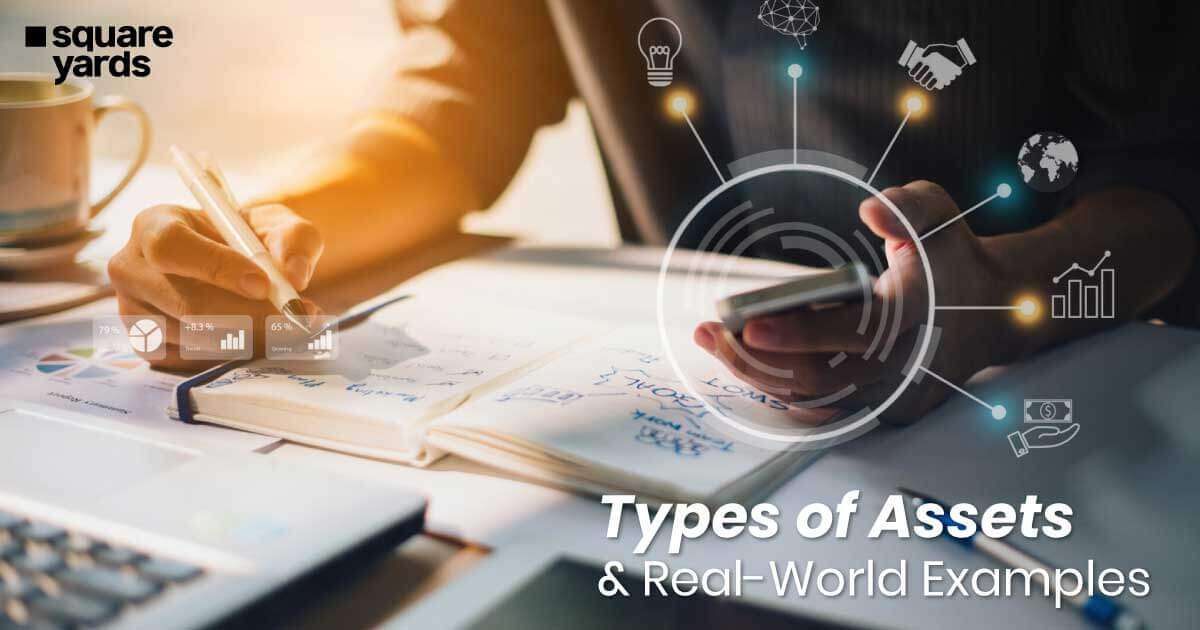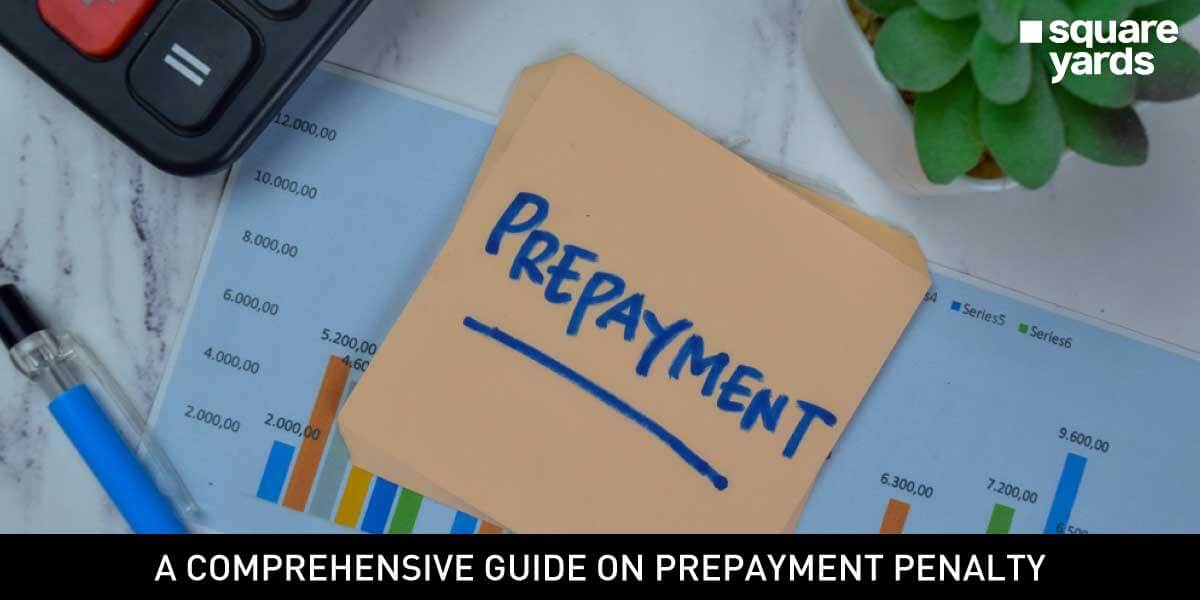In the vast, intricate tapestry of the business world, business accounting is the meticulous thread work that holds it all together. At the heart of this discipline lies a foundational yet nuanced concept: assets. In everyday slang, when someone says “asset,” they might be talking about a superstar team player – like “Jake is such an asset to our group!” But in the business world, it’s a bit more intricate.
At its core, an asset is a valuable resource a business owns, anticipating it’ll bring future gains. Think of it as a special tool in a company’s toolkit, whether a piece of machinery or an ingenious patent, that could boost cash flow, slice down expenses, or ramp up sales. Whether you’re an entrepreneur at the start of a journey, a seasoned business magnate, or simply a curious mind, understanding assets and their integral role in accounting is paramount. Buckle up as we navigate the asset avenues, making the complex world of business accounting just a tad simpler!
Asset Definition and Meaning
Imagine you’re the captain of a grand ship sailing the vast oceans of the business world. Now, this ship isn’t powered by wind but by assets. They are your sails, compass, maps, and even the treasure you have safely tucked away in the hull. In simpler terms, in the bustling business marketplace, an asset is like a super tool or a treasure that a company possesses. It can be something you can touch, like a ship (or for a business, a building), or something you can’t, like a secret map to hidden treasures (akin to a brand’s reputation or a patented idea). These treasures and tools – these assets – help a company sail smoothly, find new adventures, and weather any storm that might come its way.
And just so you believe we know what we’re saying, here’s a very complicated official asset definition in accounting for you. The International Financial Reporting Standards (IFRS) defines an asset as a resource with economic worth owned or controlled by an entity due to past actions and anticipated to bring future gains. Anything can put money in a company’s pocket, reduce expenses, or boost sales. These assets, which can range from tangible machinery to intangible patents, are pivotal to a firm’s financial standing, reflected on its balance sheet. Classified like current, fixed, financial, and intangible assets amplify a company’s net worth and influence lending decisions. In essence, when businesses talk about assets, they highlight tools and treasures expected to yield future benefits.
Assets play a huge role in determining a company’s net worth and can even influence decisions made by lenders. Assets aren’t just valuable; they’re the backbone of a business’s financial story.
-
Functioning of Assets
Assets are the cornerstone of a company’s capacity to generate revenue and expand. They are grouped according to distinct attributes, such as their convertibility into cash and their functional role within the business. For financial experts, assets provide insights into a company’s financial health and potential risks. At the same time, lenders offer a gauge to evaluate the viability of granting loans to the enterprise.
In addition to having a competitive edge over other businesses, assets represent economic value. They showcase resources that have the potential to provide future benefits either by generating income or by reducing expenses. Assets work as collateral for businesses when they seek loans. Assets can be liquidated easily, so owning assets helps businesses ensure easy short-term payment obligations. Some tangible assets, like property, real estate and equipment, are vital for day-to-day business operations as they aid production and service delivery.
Most importantly, assets showcase a business’s financial strength, helping stakeholders assess its ability to withstand economic downturns.
-
Types of Assets

Business accounting features various assets as they are not simply a monolithic category. This differentiation stems from an asset’s inherent characteristics, usage, and lifespan. As we delve into this section, we aim to elucidate the various classifications of assets, underscoring their distinct roles and implications for financial reporting and decision-making. Join us in exploring the multifaceted world of assets and their significance in business accounting.
-
-
Personal Assets
-
These are assets that encompass all that an individual owns. We are not including soft personal assets like intelligence and your captivating smile. However, they are as important as anything else on here. But we mainly just mean financial assets like cash and bank accounts. That is, assets that have a clear, measurable monetary value. At the foundation are liquid assets which are readily accessible and can be used for immediate expenses. Then there’s real estate, including a primary residence, vacation homes, or any other property owned.
-
-
Business Assets
-
Business assets are resources that a company owns or controls, which are expected to provide economic benefits in the future. These assets can be the tangible machinery that hums in a factory, the sprawling property upon which an office stands, or the meticulously organised inventory that awaits shipment. Each physical asset has a clear utility, either contributing to the production process or serving a functional role in day-to-day operations.
-
-
Convertible Assets
-
Convertible assets, often synonymous with liquidity in the business realm, pertain to the ease with which assets can be transformed into cash. When discussing an asset’s convertibility, we are discussing its liquidity — how swiftly it can be sold or liquidated without a significant price reduction.
Within this spectrum of convertible assets, there’s a category termed “current assets.” These assets a business anticipates turning into cash within a specific timeframe, typically one fiscal year or operating cycle. It’s vital to discern that while theoretically, almost any asset can be sold off quickly at a steeply discounted price, only those assets that are genuinely expected to be liquidated within the upcoming 12 months get this “current” designation. This category often includes accounts receivable, short-term investments, and inventory, reflecting their inherent liquidity and crucial role in a company’s short-term financial strategy.
-
-
Tangible Assets
-
Tangible assets stand out in business resources due to their physical presence. These are assets you can touch, see, and often quantify easily in terms of value. From the cash in a company’s vault to the sprawling real estate it owns – all these are tangible assets. Even everyday tools, machinery, and office supplies that facilitate daily operations fall under this category. Many tangible assets, especially manufacturing equipment, buildings, or long-term machinery, have a prolonged lifecycle and are expected to benefit the business for many years.
-
Examples of Various Assets

Businesses might have various assets to perform at their highest level. They include
-
- Cash and Its Equivalents
- Buildings
- Vehicles
- Trademarks
- Copyrights
- Land and Real Estate
- Inventory
- Marketable Securities
- Short-term Investments
-
Properties of Assets
Three key properties make an asset what it is. The easiest one simply is that you must first own the asset. The asset should, and always does, carry some economic value, and lastly, the asset should be a resource.
-
-
Ownership
-
First and foremost, a company should possess or control an asset to leverage it for cash or its equivalent, ensuring limited external interference. While often referred to as their ‘greatest asset’, employees differ from traditional assets; they’re invaluable but not wholly under a company’s control, as they can transition to new jobs. It’s also worth noting that not all assets, like right-of-use assets, are readily convertible due to constraints like non-transferable lease agreements.
-
-
Utility
-
At its core, an asset holds economic value and can generally be converted to cash, though exceptions like certain lease agreements exist. Its true worth lies in its utility, whether indirectly aiding production, such as machinery, or indirectly, like patents safeguarding innovations. To put it simply, an asset’s utility will determine its potential to add value to the business by creating goods and services.
-
-
Scarcity
-
Assets are typically scarce, meaning there’s a limited quantity available. Scarcity plays a crucial role in determining an asset’s value. If an asset is rare or limited but in demand, its value rises. Real estate in prime locations, unique collectables, or even specialised knowledge and skills can be examples of scarce assets.
-
-
Transferability
-
Refers to the ability to transfer ownership or control of an asset from one entity or individual to another. An asset’s value is often tied to its transferability. For instance, real estate, stocks, and vehicles have established mechanisms for transferring ownership. The ease or difficulty with which an asset can be sold or transferred can impact its liquidity and, by extension, its market value.
Why is it Important
Think of asset clarification, like sorting out items in your home. Imagine you have a big box of mixed items: some are toys, some are tools, and some are keepsakes. Now, if you sort these items into separate boxes, it’s easier to understand what you have, how to use them, and how valuable they are. Similarly, in a business, asset clarification is like sorting out what the company owns into different categories. This helps the company know what they have, how to use them best, and how much they’re worth. It’s like a clearer organisation system for a company’s belongings.
Assets in accounting need to be clarified as they are important for maintaining financial transparency and operational efficiency in businesses. By accurately classifying and recording assets, companies can present a truthful depiction of their financial health, ensuring compliance with regulatory standards. This precise classification aids in informed decision-making, allowing for optimised asset utilisation and risk management. Furthermore, it is vital in securing loans, planning strategic investments, and managing inventory. Asset clarification upholds a company’s credibility and positions it for sustainable growth and risk mitigation.
Classifying Assets

Understanding these three classifications helps businesses better manage and maximise the value of their assets, ensuring efficient operations and strategic growth.
-
Can they be Converted
Convertibility refers to how quickly and easily an asset can be turned into cash. In the business world, it’s crucial to have assets that can be readily converted to cash, especially for meeting short-term obligations. For instance, stocks or accounts receivable can be quickly sold or collected to generate cash.
-
Is it a Tangible asset
This classification draws a line between physically existing assets and other assets. Tangible assets are ones that you can physically touch and see. Examples include real estate and inventory.
-
How is it used
The usage of an asset pertains to how it fits into a company’s daily operations and long-term goals. Operational assets are used in the day-to-day running of the business. This can include vehicles for a delivery service or computers in an office. On the other hand, non-operational assets might not directly influence daily business activities but still hold value.
-
How long will they remain assets
An asset’s economic duration or lifespan is another consideration. Short-term or current assets are expected to be consumed or converted into cash typically within a year. In contrast, long-term or fixed assets, like buildings or machinery, have a useful life that spans several years.
Assets and Accounting
Recognising and valuing assets is crucial for precise accounting, strategic business planning, and transparent financial reporting. For publicly traded companies, the lawful documentation of leased assets is mandatory. Assets in business accounting need categorisation and valuation to grasp a company’s cash movement and operational funds easily. Accountants need to categorise assets accurately for tasks like obtaining loans and insuring assets.
Automated Solutions
Knowing the real value of what a company owns, like buildings, equipment, or ideas, is super important. It helps the company plan better, and if they’re a big company, the law says they have to report it right. Breaking down these items and giving them value helps the company understand its money situation. Accountants do this so companies can get loans, protect their stuff, and figure out taxes. Also, if a company ever needs to sell something, knowing its value helps them set the right price.
Concluding Our Long Stint
And so, as we close the ledger on our journey through assets, it’s clear they’re more than just items on a balance sheet. Whether tangible like machinery or intangible like a patent, assets are the silent partners in every business endeavour. They provide the foundations upon which empires are built, start-ups flourish, and innovative ideas take flight. In Business Accounting, every asset tells a story – one of value, purpose, and potential. As you progress in your business journey, cherish these assets, for they’re the essence of your enterprise’s heartbeat. Until next time, keep counting, dreaming, and building!
You May Also Read
|
Guide To Owners Equity |
|
|
All About FHSA in Canada |
|
|
Know The Escrow Account |
|
|
How To Get Small Business Loan in Canada |
Frequently Asked Questions (FAQs)
A business can tell if something is an asset, If it holds value, offers future benefits, and is owned or controlled by the business.
Tangible assets are non-physical assets with value, like patents, trademarks, and copyrights.
Labour is considered an expense however, the skills and knowledge of a workforce can be an intangible asset known as human capital.
Current assets like inventory are short-term and easily convertible to cash within a year. Fixed assets are long-term, tangible business items like machinery or buildings.
Current assets, fixed assets, intangible assets, and investments. How can a business tell if something is an asset?
What are intangible assets?
Does labour count as an asset?
What’s the difference between current and fixed assets?
What are the four different types of asset accounts?











